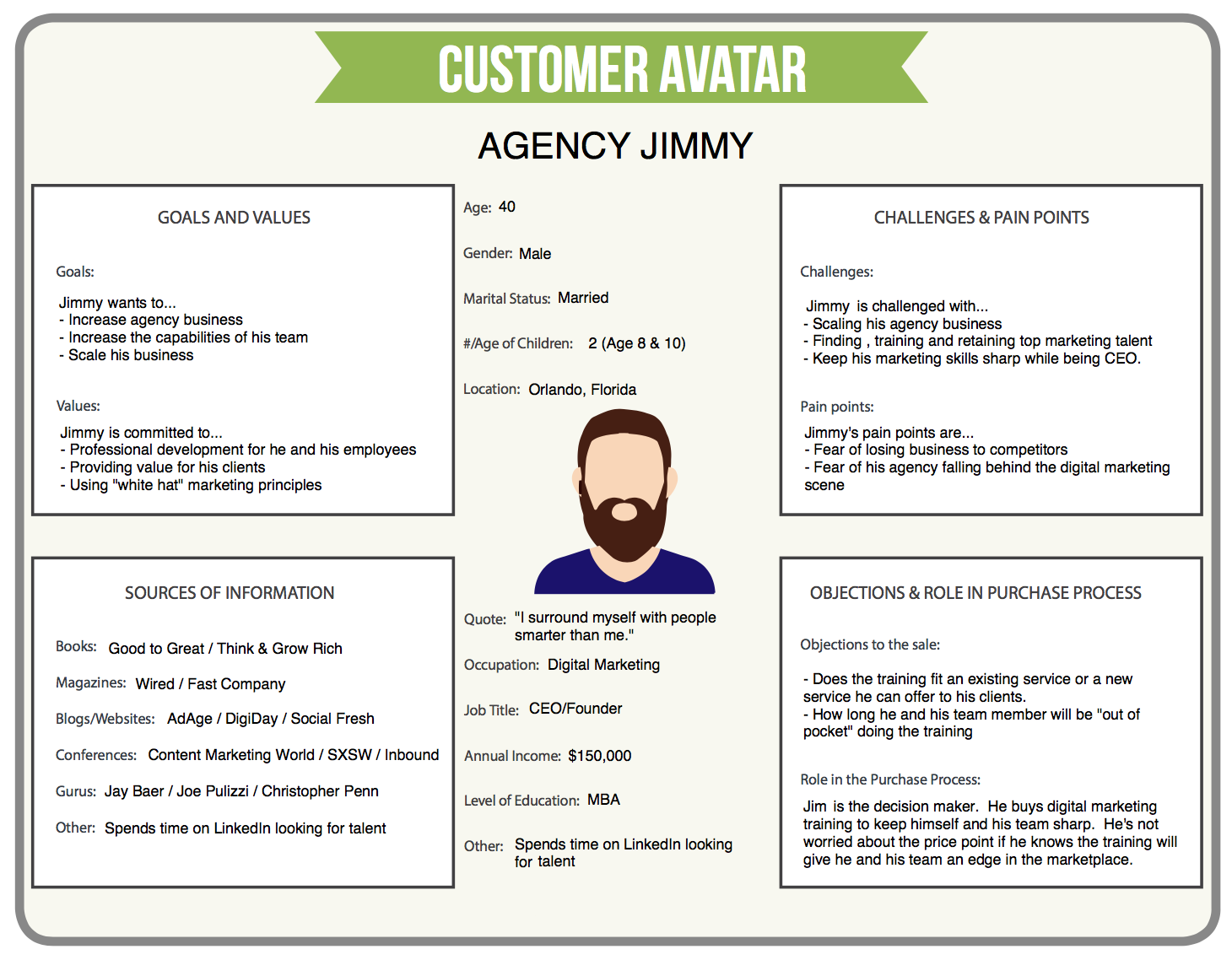Know Who You’re Working With
A customer avatar is somewhere between a psychological profile and a dossier. It’s all the information about a group or a specific person you work for — or with. Having a client avatar means understanding what they need and how they might behave in different situations. An avatar gives you an advantage: it reveals needs and helps predict reactions. So whose avatar might you need?

Let’s model 3 situations.
In each of the 3 cases, it’s helpful to have an avatar of the person you’re communicating with. If you’re dealing with an audience as a creator — it’s a detailed profile. If it's clients or colleagues — a general understanding of their values and psychology will help you communicate more effectively, avoid endless revisions, defend your decisions, and win arguments.
Working with an avatar isn’t about psychological tricks like “neuro-copywriting” or persuasion hacks. It’s about dry facts and figures, results from observations. The rest comes down to your ability to analyze data, build cause-effect chains, and apply them at the right moment.

By the way, if you’re into web development, check out our free masterclass. Here we show you how to build a JavaScript slider for free.
How to Build an Audience Avatar
If you’re creating design, copy, ads, or any type of content, you need an avatar of your ideal client. Not a group of people — a precise representation of a single user. To build it, you’ll need:
Social media will give you most of the info. The rest — interviews and audits.
Besides common questions, it’s important to understand your client’s personality and temperament. What annoys them and why, what creates doubt, and what encourages them to act. A great book on this is *Customer Avatar: Define Your Ideal Customer Profile* by marketing consultant Richard Lewis — it walks you through collecting and organizing the right data.

Avatars of Clients and Colleagues
Client and team portraits are built using similar data, but with more focus on background. If you're working with a client who’s hired you for something, try to find out if they have other projects and what they’re like, where they studied and worked, and what they do overall. This helps you predict how they'll act in communication, in conflict, whether they can be trusted, and whether it’s worth your time. It helps you create the right communication strategy and avoid unnecessary stress.
For example, if a new client is a park development investor in his 50s who started in the ’90s, he’ll probably have an authoritarian communication style — “I pay, I’m right, I know better.”
With colleagues, things are usually easier and friendlier. You don’t owe each other anything — you’re united by a shared goal: pushing the project forward. Nobody wants conflict — everyone’s focused on productivity and comfort. It’s enough to observe communication and make your interactions mutually smooth. We talk about the importance of communication in freelancing here: https://wayup.in/blog/communication
If you want to dive deeper into working with clients and teams, join our coaching program *Freelancer: The Big Game*. You’ll learn the art of communication on freelance, how to build strong partnerships, and how to create a powerful portfolio and standout freelance profile.
